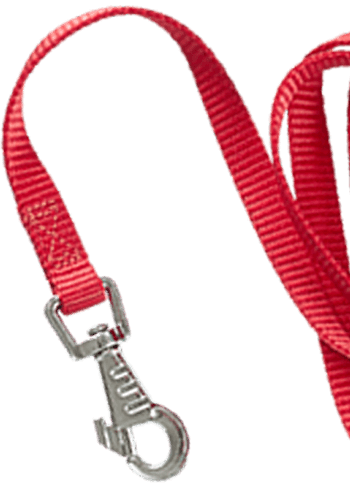


Dog training is filled with a lot of advice, but not all of it is accurate. Myths about dog behavior and training can create confusion and lead to practices that could potentially put your dog farther behind in training. Incorrect training can also cause a break in your bond or lead to them avoiding training altogether. In this blog, we’ll explore some common dog training myths and correct them to help you build a better relationship with your White Lab, English Cream Golden, or any other breed.
What Does it Mean?: Many people believe that older dogs are set in their ways and can’t learn new behaviors or commands. This myth can discourage owners from training their senior dogs, limiting their potential for mental stimulation and obedience.
Correcting the Myth: Age is not a barrier to learning. Dogs of any age can learn new commands and behaviors with the right approach. Older dogs may take a bit more time, but with patience and consistency, they can adapt to new routines just like a younger dog.
Description: Some people believe that using treats to train a dog will make the dog dependent on food for obedience, potentially leading to overfeeding or obesity.
Correcting the Myth: Treats are a powerful tool in positive reinforcement training, especially when starting out with new commands or behaviors. Over time, you can reduce the frequency of treats and rely more on praise and affection as rewards. The key is to use treats wisely and in moderation. Dogs, including White Labs and English Cream Goldens, respond well to food-based rewards, but they can also be motivated by toys, play, or attention. If you’re worried about overfeeding, you can use their dog food as treats and incorporate mealtime into training!
Description: This myth comes from a misunderstanding of what crates are and how they are used. They are not a jail. When properly introduced, crates provide dogs with a safe, den-like space that can reduce anxiety and offer a sense of security.
Correcting the Myth: Proper crate training involves short periods of confinement with plenty of exercise and social interaction, making crates a beneficial tool rather than a form of cruelty. It’s not about confinement but about giving them a personal, den-like environment that many dogs, including White Labs and English Cream Goldens, come to love. Crate training also aids in housebreaking, prevents destructive behavior, and can reduce anxiety by giving dogs a consistent, calming space to retreat to.
Description: This myth suggests that you need to assert dominance over your dog, often using harsh corrections or physical force, to make them obey. The idea stems from outdated research on wolf behavior and can lead to fear-based training methods.
Correcting the Myth: The outdated notion of being the “alpha” or “dominant” figure in your dog’s life can lead to harsh and unnecessary training methods. Instead, focus on being a calm, consistent leader who uses positive reinforcement to guide your dog’s behavior. This approach builds trust and respect, making your dog more eager to follow your lead.
Description: Many dog owners think their dog’s “guilty” look means they understand they’ve misbehaved. This belief can lead to unnecessary scolding or punishment.
Correcting the Myth: Dogs don’t associate past actions with present punishment. The “guilty” look is actually a response to your tone and body language, not an admission of wrongdoing. Instead of punishment, focus on positive reinforcement to encourage good behavior and redirect undesired actions immediately. This approach is more effective and strengthens the bond between you and your dog, whether it’s a White Lab, English Cream Golden, or any other breed.
Description: Many believe that a wagging tail is always a sign of a happy dog. While it often can indicate happiness, tail wagging can also signal anxiety, fear, or even aggression, depending on the dog’s body language.
Correcting the Myth: Understanding your dog’s overall body language is crucial. A wagging tail can mean different things depending on the context, speed, and position of the tail. For example, a stiff, high wag might indicate alertness or tension, while a loose, low wag usually signifies relaxation and happiness. Pay attention to the entire body, not just the tail.
Description: There’s a common belief that all dogs should be friendly with other dogs and enjoy socializing in group settings. This can lead to pushing a dog into uncomfortable situations.
Correcting the Myth: Just like people, dogs have individual personalities and preferences. Some dogs are social butterflies, while others prefer solitude or the company of their human family over other dogs. It’s important to respect your dog’s comfort level and not force them into interactions that make them anxious. For example, a White Lab or English Cream Golden might be more social than some other breeds, but each dog is unique. Understanding and respecting their boundaries is crucial for their well-being.
Dog training myths can lead to misunderstandings and frustration, but by correcting these myths, you can improve your dog’s behavior and strengthen your bond. Whether you’re working with a White Lab, English Cream Golden, or another breed, the key is to approach training with patience, consistency, and a focus on positive reinforcement.
Are you thinking about getting a White Lab puppy? Come visit Snowy Pines White Labs at our Ozark home or view our puppy live stream to see healthy dogs in action.